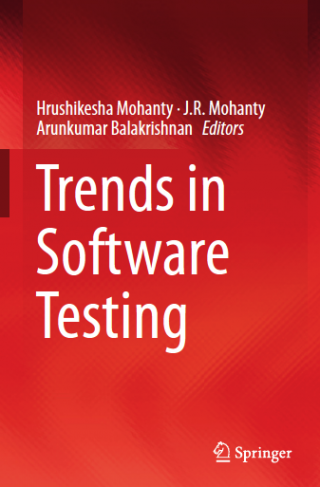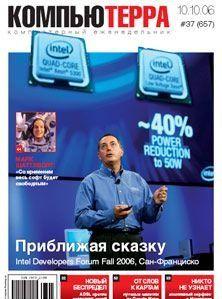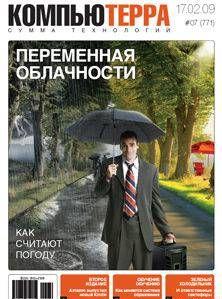
Аннотация
Software testing is an important phase in the software-development cycle.
Well-tested software that is free of bugs is the goal of the software developer and
the expectation of the user. Today’s world has “gone digital” and offers services to
people for their ease and comfort. Many essential services are also being delivered
online over the Internet. Thus, our life style is becoming increasingly dependent on
gadgets and even more on the software that controls the gadgets. The malfunctioning
of services offered online by way of these gadgets is what users least expect.
For the purpose, well-tested services are the first requirement before software
products appear on the market for consumer use.
Software testing broadly aims to certify not only the accuracy of the logic
embedded in code but also adherence to functional requirements. Traditional testing
strives for verification of these two aspects. Academia as well as industry have been
working on software testing in their own ways and have contributed to the body of
research on testing algorithms and practices. As a result, tools exist to automate
software-testing efforts so that testing can be accomplished in a faster and
less-expensive manner. However, as new computing paradigms and platforms
emerge, so does the need to re-examine software testing. Now both academia and
industry are searching for solutions to the problems currently faced by software
development. Some of these current challenges are addressed in this book.
The challenges software testing faces now require an integrative solution; this means
that new solutions must run alongside all traditional solutions. However, well-developed
and well-practiced concepts should not be abandoned in search of the new. New issues
are arising as changes in technology and varied applications are identified and dealt with
zeal by both academia and industry professionals. For that reason, this book includes the
views and findings of both academia and industry. The challenges they address include
test debt, agile testing, security testing, uncertainty in testing, separation, softwaresystem
evolution, and testing as a service. In order to motivate readers, we will brief them
on these issues and invite interested readers to explore chapters of their interest.
![Оглавление
Статьи
Windows XP: «вечная» операционная система Автор: Юрий Ильин
Роботы-убийцы: с прицелом на будущее Автор: Михаил Карпов
Мнения
... Цифровой журнал «Компьютерра» № 40 [25.10.2010 — 31.10.2010]](https://www.rulit.me/kotha/images/nocover.jpg)






Комментарии к книге "Trends in Software Testing"